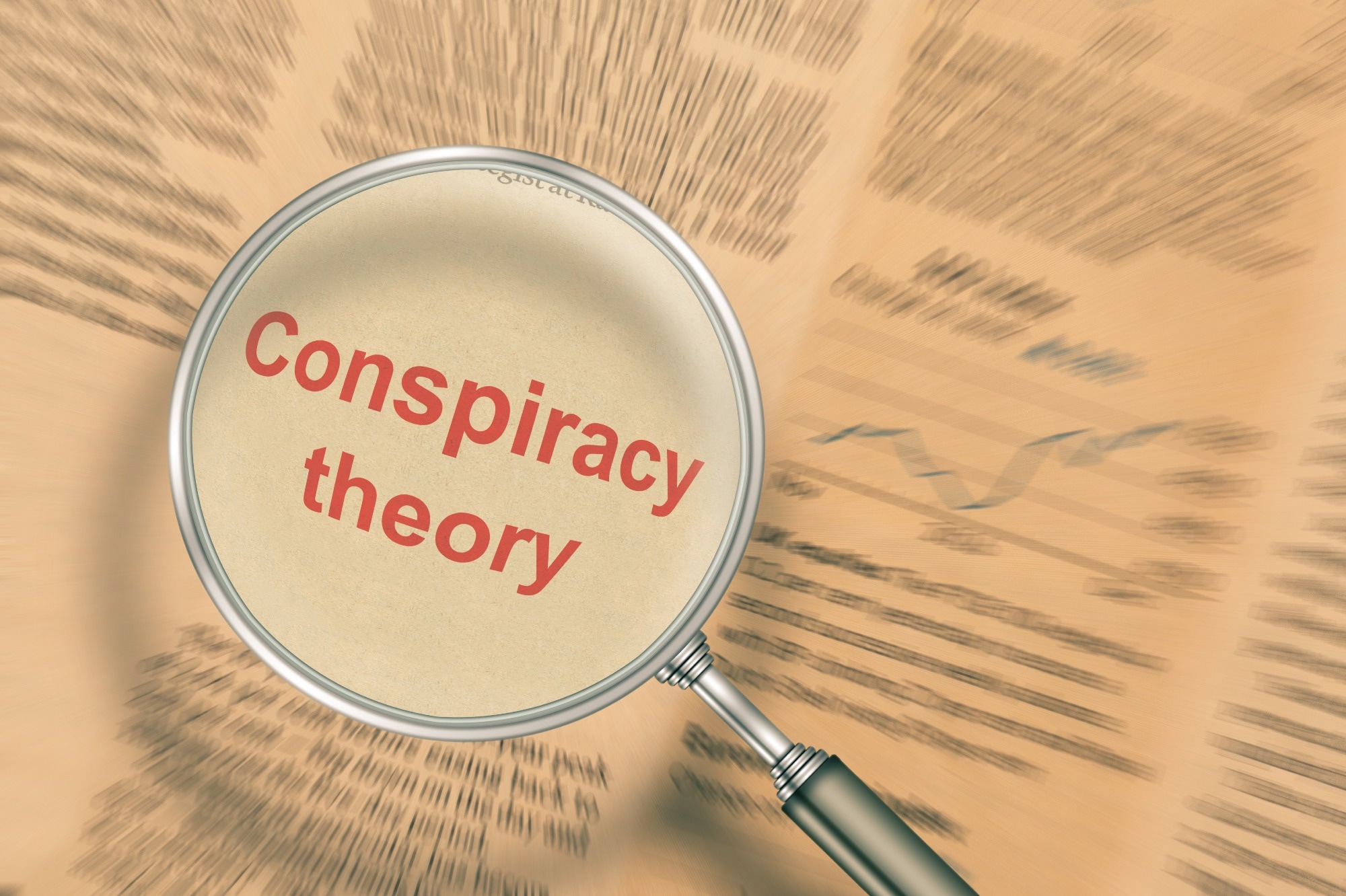From education to politics: a pan-European analysis of COVID-19 conspiracy theory influences
The rapid outbreak of severe acute respiratory syndrome coronavirus-2 (SARS-CoV-2) led to a pandemic known as the coronavirus disease 2019 (COVID-19) pandemic.
A recent Scientific Reports study assessed the effect of religiosity, education, trust in scientists, and political orientation on people’s belief in COVID-19-related conspiracy theories (CTs) In Europe.
 Study: Exploring COVID-19 conspiracy theories: education, religiosity, trust in scientists, and political orientation in 26 European countries. Image Credit: Liftwood/Shutterstock.com
Study: Exploring COVID-19 conspiracy theories: education, religiosity, trust in scientists, and political orientation in 26 European countries. Image Credit: Liftwood/Shutterstock.com
Background
Although CT is omnipresent, its prevalence in Western societies has become more dominant in times of crisis, emergencies, and uncertainties. A small but important group of individuals or organizations formulates CTs.
Their main objective is to secretly develop and promote content for an individual benefit that is against the common good. This misinformation significantly affects social and political events.
As expected, several CTs have emerged during the COVID-19 pandemic. Although CTs were initiated since the first news about the pandemic, their number rose steeply after the World Health Organisation (WHO) declared the global SARS-CoV-2 outbreak a pandemic.
Governments worldwide implemented national lockdowns to prevent further spread of SARS-CoV-2. During lockdowns, the social media use increased substantially. The major vectors for disseminating COVID-19-related CTs are Twitter, YouTube, and Facebook. These platforms generated an “infodemic” that raised mass suspicions about COVID-19 events.
The rapid spread of the infodemic has significant consequences as it can influence people’s adherence to COVID-19 preventive measures, such as wearing facemasks, conducting social gatherings, and vaccination. Historically, general beliefs in CTs have greatly hindered mass immunization. Likewise, COVID-19-related CTs have increased the tendency to resist vaccination.
Previous studies have also indicated that CTs are developed and spread due to political and psychological agendas. Conspiratorial thinking and social disadvantages, including ethnic minorities, are linked to CT development.
Psychological factors (e.g., different personality traits, emotions, “us versus them” worldviews, biases, intuitive and paranoid style of thinking), trust in science, education, political orientation, and religiosity also influence CT. Understanding how CTs related to COVID-19 have affected different countries worldwide is imperative.
About the study
The current study explored how education, political orientation, trust in scientists, and religiosity influence peoples’ support for CT.
This study analyzed data from the latest 10th European Social Survey (ESS10) round. The primary data collection method of ESS10 is associated with a face-to-face standardized survey questionnaire. The most recent ESS10 data, published in May 2023, includes information on 26 European countries.
55,555 interviews were conducted with individuals above 15 years of age, irrespective of their citizenship, nationality, language, or legal status.
Study findings
Although descriptive analyses were performed at the beginning by comparing 26 countries, later multilevel and by-country regressions were conducted to determine the contribution of each predictor. This study observed that CTs have spread in many Western democracies and induced protest movements against the policy measures implemented to contain COVID-19.
Consistent with previous studies, education was an essential covariate of belief in COVID-19-related CTs in Europe. Previous studies have indicated that People with higher education are better trained in logical and analytical thinking. These people are aware of counterarguments, which makes them resistant to believing CTs.
People with higher education were more suspicious about the idea that complex problems have simple solutions and are more skeptical towards CTs. However, this study revealed that the correlation between educational level and belief in CTs was not fixed among all individuals.
A positive correlation between religiosity and CTs was found. People who claim to be religious are skeptical about science and are more inclined towards conservatism, and traditionalism supports CTs more frequently.
Apocalyptic beliefs can drive support for CTs. Quasi‐religious elements, including esotericism, prophecy, and millennialism, indulge in CTs. A dogmatic religious belief, i.e., fundamentalism, significantly impacts CT.
A lower trust in scientists was strongly linked with the tendency to endorse CTs. A rejection or distrust in science and suspicious behavior towards scientists was strongly associated with higher susceptibility to COVID-19-related misinformation.
In contrast, a higher confidence in scientists was linked with a greater adherence to policies generated to contain the pandemic. For instance, people with higher trust in science are less likely to believe CTs that claimed COVID-19 vaccines to be unsafe and less effective.
Political extremism has been strongly associated with dichotomous, i.e., black-and-white observations. For instance, political extremism has a higher tendency to classify events as good or evil.
Conclusions
This study highlighted that CTs can undermine trust in public health institutions and policies developed and implemented to contain the pandemic. Unlike education, trust in scientists, religiosity, and political orientation moderately influence people’s CT beliefs.
It was recommended to develop policies tailored to different demographic groups and engage them with effective communication strategies to address CTs and their evolving nature.
This article has been archived for your research. The original version from News-Medical.Net can be found here.


